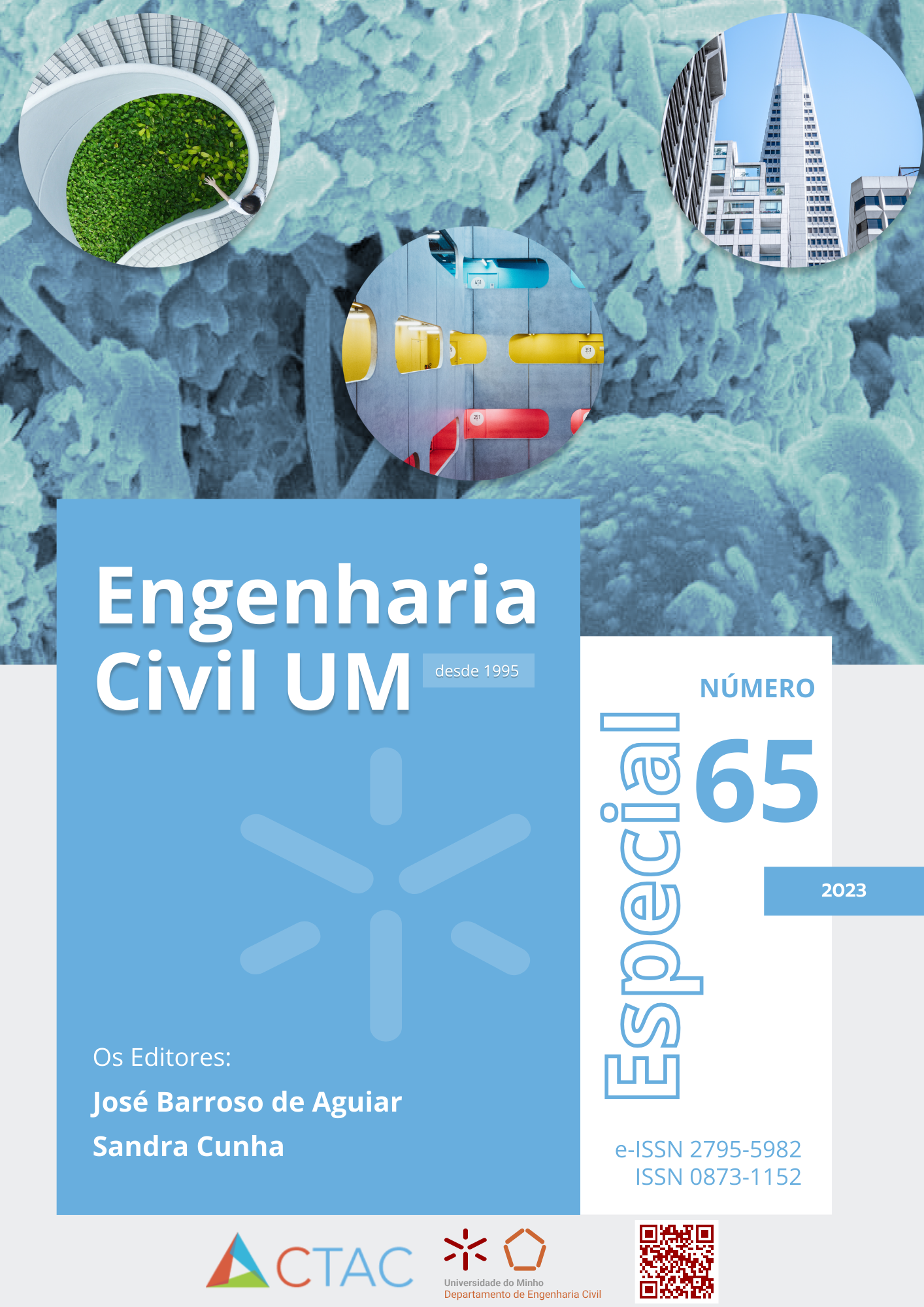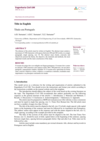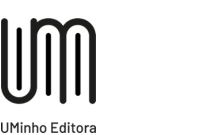Infrared thermography for moisture analysis in walls – preliminary tests and future perspectives
DOI:
https://doi.org/10.21814/ecum.5294Keywords:
Termografia de Infravermelhos, humidade, diagnóstico automatizado.Abstract
Defects related to moisture problems represent 70% of reported building defects, hindering the long-term durability of building solutions and components and, in the medium term, users’ comfort. Infrared thermography (IRT) is a technique that has great potential for mapping moisture in buildings but lacks criteria for quantitative analysis that correlate surface temperature differences with moisture content. Although the recent advances in the use of computational methods and testing techniques to automate the detection of defects in buildings, their use for moisture assessment is not consolidated. This work presents the results of preliminary tests carried out with the IRT and the gravimetric method to evaluate the correlation between the temperature gradient and the moisture content of masonry and to analyse the thermal gradient of moist areas in different environmental conditions. Statistical analysis showed that the order of magnitude of the temperature gradient that indicates high moisture content is substantially different in the analysed scenarios. Limitations in the use of IRT and indications for future research that can be conducted to automate the identification of defects related to moisture in buildings, reducing the degree of subjectivity in the diagnosis of defects, are also pointed out.









